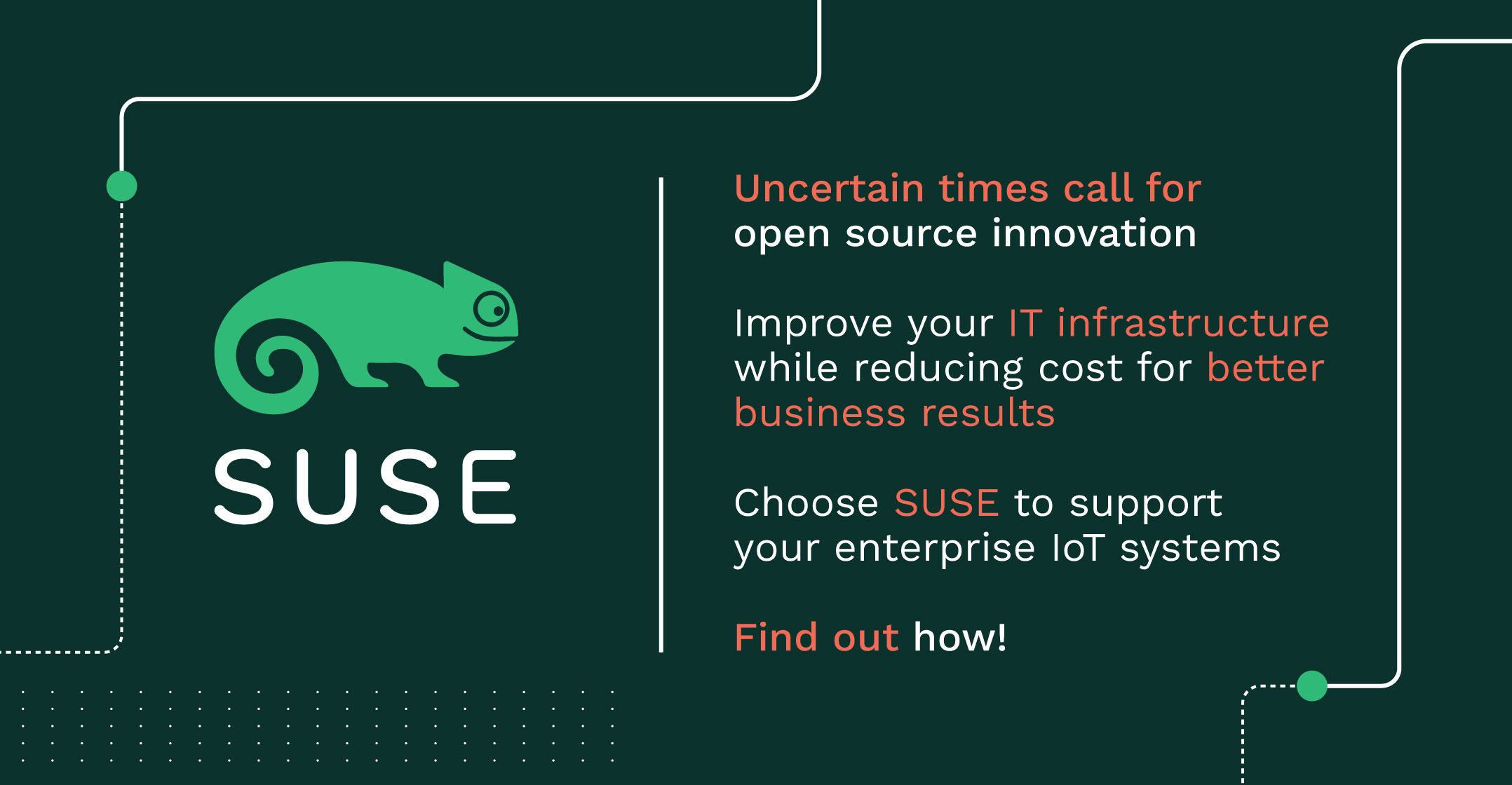TechCentral’s CxO Insights is a fresh look at the roles and careers that define the technology industry today. In this series, we’ll interview some of South Africa’s most successful, interesting and prominent individuals to find out how their roles evolved, the skills they need to succeed in these roles, and what has influenced or shaped their careers. These interviews provide an in-depth look into how technology is redefining the boundaries of career, skills and growth within the digitally transformed organisation.
In this profile, we get to know Richard van Rensburg, the chief technology and services officer at Pick n Pay, one of South Africa’s largest retail supermarket chains. From homegrown alpacas to digitally driven solutions designed to drive entrepreneurship in rural and township areas, Van Rensburg’s skills and interests are as varied as his role.

Digitisation. Digital transformation. Digital solutions. Artificial intelligence. Machine learning. These are the terms that spin around the boardrooms of retail giants and big brands. Words that define strategies and investments and refinements designed to improve processes, refine supply chains, cut costs and redefine customer experiences. These are the technologies that are changing the shape of customer and retail engagement but not just in the giant outlet or mall; they the technologies that can transform the potential of independent informal neighbourhood convenience stores, sometimes referred to as spaza shops.
Intelligent digital sourcing and supply chain solutions could enable these stores to bring a better offer, at a cheaper price, in a location already close to the homes of customers and ultimately give smaller chains a competitive advantage over larger supermarket stores.
According to Richard van Rensburg, chief technology and services officer at Pick n Pay, the neighbourhood convenience store is the new frontier of retail innovation and economic change.
“Small is the new big. The fastest growing grocery retail format globally is the small neighbourhood convenience store. Even faster than online.”
To realise this potential, these stores need to overcome supply chain costs – which are significantly higher than those in a more efficient, established supply chain that’s associated with bigger stores. Small-format stores typically require the distribution of small quantities of a standardised, narrow range. They also require more frequent replenishment compared to a chain of larger stores with more stockholding space, a wider range, and fewer distribution locations.
‘Technology is changing this’
“But technology is changing this,” says van Rensburg. “In the same way that an Airbnb or Uber business model disrupted the hotel and taxi industries, so will intelligent sourcing, replenishment and gig-economy style logistics solutions radically reduce the cost of distributing small quantities of a wide range of products to multiple locations, frequently.”
He says the solution to many of these supply-chain challenges for neighbourhood convenience stores can be learned from the best practice developed by online retailers that have adapted the supply chain to support their businesses. There is a lot in common with the needs of an online supply chain and the requirements of a small independent trader. Both require automated, efficient, single-pick warehouse solutions capable of selecting a large number of relatively small orders, as well as low-cost and flexible distribution solutions, across highly customised but relatively wide ranges.
“Pick n Pay has successfully adapted the supply chain to rapidly grow our online business and we are now using this experience to engage with township-based, independent neighbourhood traders to scale their businesses through innovative sourcing and supply-chain technologies. We have begun to do this through our Market Store programme where we partner with local independent traders to upgrade and scale their business. This programme is unique in that store owners remain 100% independent but are support by Pick n Pay and its partners,” says Van Rensburg.
CxO: Richard van Rensburg
Title: Chief technology and services officer at Pick n Pay
Windows or Mac: Windows and Mac
Android or iPhone: iPhone
Best tech purchase: Osborne 1 personal computer with 64K RAM, bought in 1983
There are some unique challenges impacting on this market, challenges that collaboration with the larger retail sector and the adoption of technology can potentially overcome. One being the fact that spaza shops are small – they don’t have a lot of floor space, so they need frequent deliveries of small quantities of products. Making this format work requires the use of disruptive technologies to streamline processes and costs.
Through the programme, independent Market Store owners are provided with access to Pick n Pay’s supply chain and frequent deliveries, but they are also encouraged to continue working with local suppliers so they don’t disrupt local supplier relationships, especially with small farmers.
“The goal has to be to drive local business and really encourage the growth of these convenience stores across the sector,” he says. “Many of these entrepreneurs come from previously disadvantaged backgrounds and are growing their own mini-retail chains from these remarkable foundations. Technology is going to play a huge role in helping the independent retailer become increasingly competitive with the larger retailer.”
Richard van Rensburg’s recommended reads:
Fire in the Valley: The Birth and Death of the Personal Computer
By Michael Swaine and Paul Freiberger
The Sovereign Individual: Mastering the Transition to the Information Age
By James Dale Davidson and William Rees-Mogg
Why We Sleep: Unlocking the Power of Sleep and Dreams
By Matthew Walker
Technology will enable competition, allowing them to leverage their ability to offer a far more relevant product selection to their markets.
“The spaza shop owner in Soweto arguably has a far deeper understanding of his or her customer than the larger retailer,” says Van Rensburg. “They know their customers a hundred times better than a buyer sitting at a head office. This means that there’s an amazing opportunity for the two to work together to bring value to customers and to achieve the end goal of turning a small-format store into a profitable one.”
There are real challenges to overcome, but when large and small businesses choose to partner together in a genuine relationship, the ground for innovation becomes exceedingly fertile, and value for customers is tangible.
 Q&A with Richard van Rensburg
Q&A with Richard van Rensburg
TechCentral: What’s the most important part of your job?
“Identify and drive change opportunities for the business that improve customer service or improve our business efficiency.”
I believe that there are three pillars that drive my work. The first is to identify and drive change opportunities for the business that emerge from new technology trends. These opportunities come in the form of improved customer service. An example would be using digitisation technologies to develop a fully digital process with TymeBank to enable a customer to open a bank account in a Pick n Pay store in under three minutes with no documentation required, or to lower prices because of improved business efficiencies, such as using better data analytics techniques to improve our replenishment forecasts to enable us to better optimise inventory holdings.
The second is to manage the changing risks that are associated with technology and to guide the organisation through the challenges of managing those risks. Over the past few years, a big issue to manage has been cybersecurity.
Finally, the third pillar is that of the traditional IT manager, which is to guide and inform our technology investment. We’re very cost conscious but still are considered one of the most advanced technology employers in our industry. This is due to our tight, capable IT leadership team and their focus on managing investments in technology.
What’s your top tip for staying ahead in your field?
“Identify the winning trends.”
You need to focus on identifying the trends that a particular technology will ignite rather than getting lost in the technology itself, as then you run the risk of not seeing the wood for the trees. If one looks at machine learning, for example, I don’t try and understand the minutiae of machine-learning technologies or become too involved in evaluating one approach vs another. Instead I’ve spent a lot of time understanding its principles and then asking what this technology trend will do to my industry – where are the opportunities to drive better customer service or improved efficiencies?
Identifying the right business opportunities to invest in is what is important. We are not a tech company that is concerned about developing new technologies or getting into a debate about which tech approach will win. Rather, our focus is on solving a need for the customer or employee, and how we can use tech to make our business work better for our customers or staff.
The technology industry is similar to the fashion industry – you have to look at next season’s trends and apply them to your situation. Don’t try and invent your own fashion and don’t ignore the trends, or you will fall behind the innovation curve in your industry. I also believe that if you’re in a big corporate you need to work with start-ups and immerse yourself in the start-up culture as most of the technology innovation happens in this space.
What’s the biggest trend impacting on your field in the decade ahead?
“The digitisation of work.”
Robotics, process automation, machine learning and artificial intelligence are set to have a huge impact on the industry. There is enormous potential to drive efficiencies in the core retail business model using these technologies and in so doing reduce the price of groceries to customers. As work becomes increasingly digitised, it allows for the business to materially change the costs of business processes and in so doing reinvest to reduce prices.
What was your first job?
“Shelf packer at Woolworths.”
I put myself through university as a shelf packer at Woolworths and then was upgraded to a teller. I wasn’t fast enough for the job – I was just too slow typing and entering of codes back then – so I was moved to the role of security guard. I learned about retail working as a casual at Woolworths on a Saturday morning.
What advice would you give to young people interested in pursuing a career in IT management?
“Be an expert and not a generalist.”
The technology industry is very young, it’s only in its teenage years now, and the opportunities are only going to escalate. It’s a great industry to pick for a long-term career. Focus on being an expert in a specific area rather than on being a generalist but, at the same time, build your business knowledge. This is as important as your technology knowledge when it comes to a job in this space.
Who do you most admire in business?
“Raymond Ackerman and Ernst Liebenberg.”
I admire all entrepreneurs as they sit at the cutting edge of value creation in our society. Raymond Ackerman is phenomenal; his legacy stands tall today and he continues to shape the future of the brand. But I also was greatly influenced by Ernst Liebenberg who was the operations director at Woolworths when I worked there. He would take me on store visits and I learnt a lot about retail from him. His ethos and attention to detail are, I believe, one of the many reasons why Woolworths is such a successful brand today. — (c) 2020 NewsCentral Media




